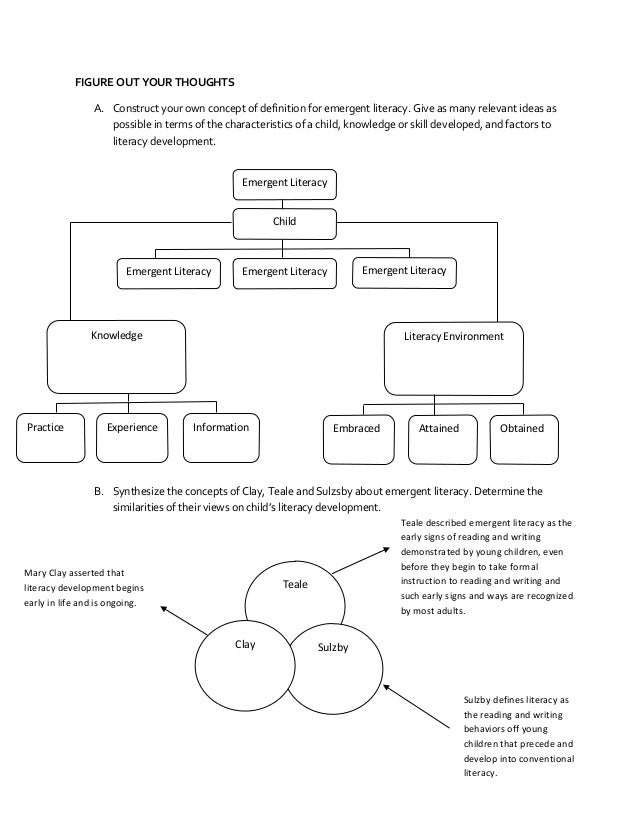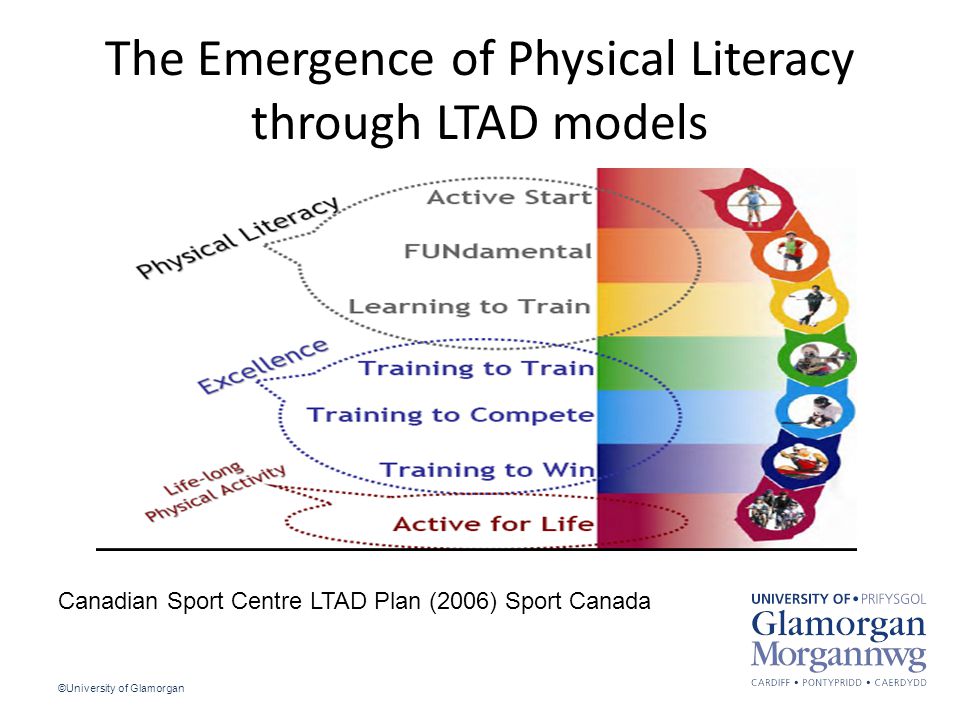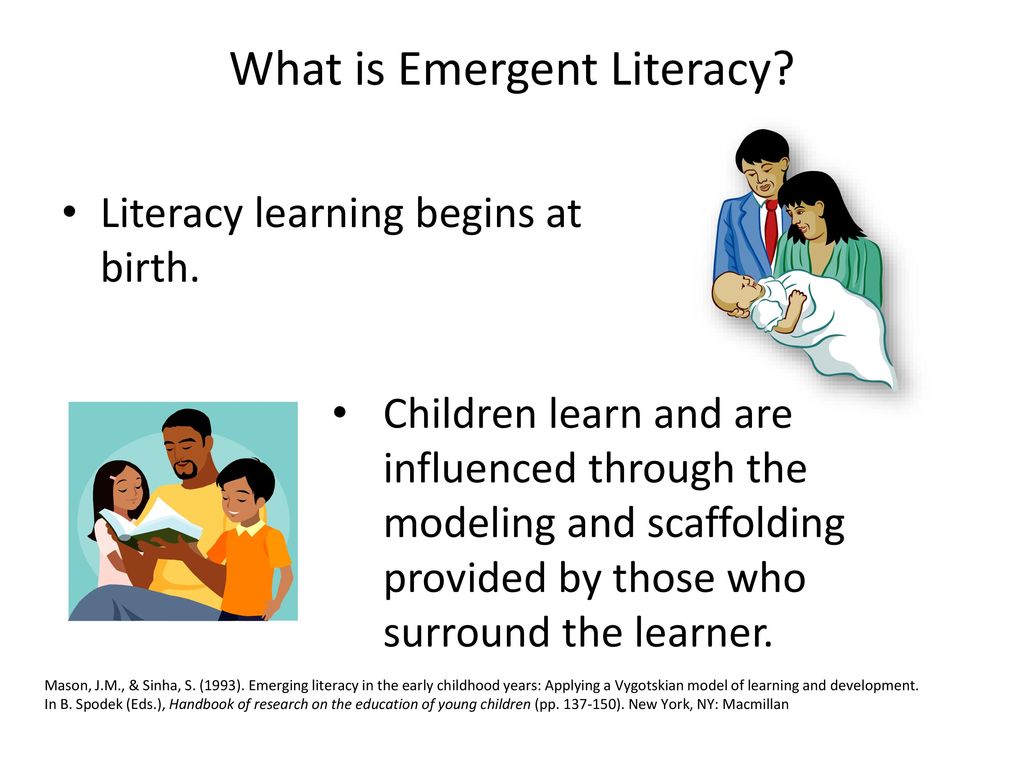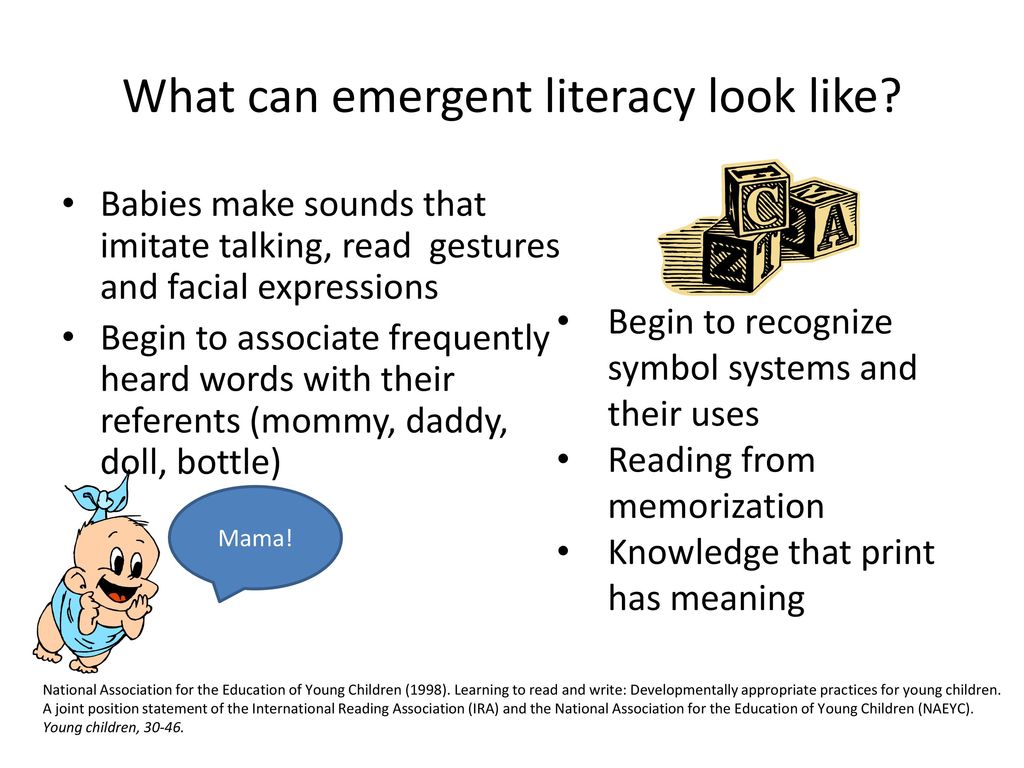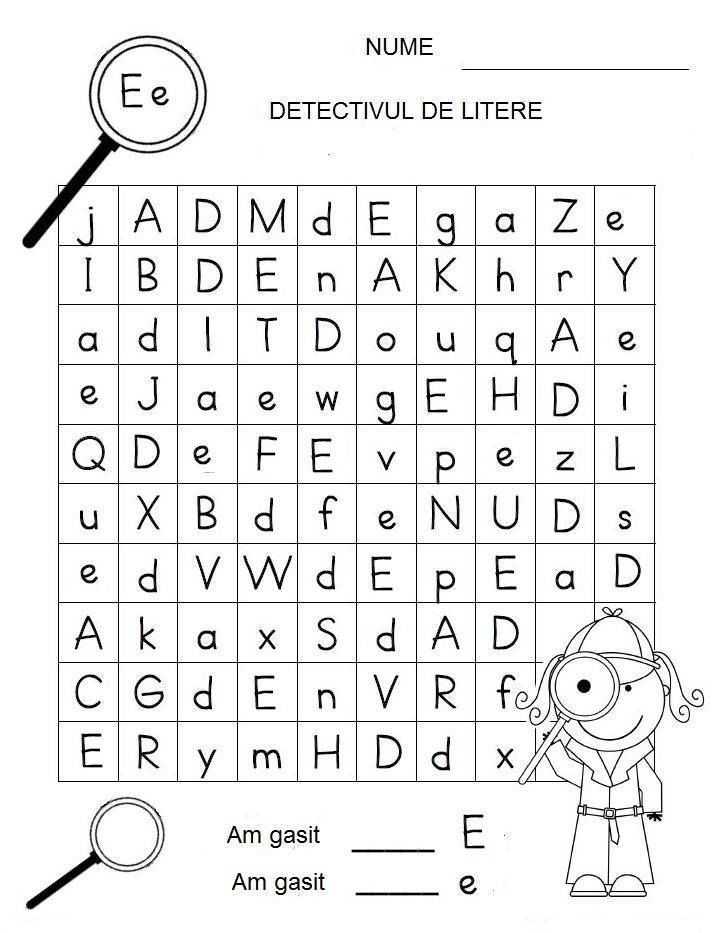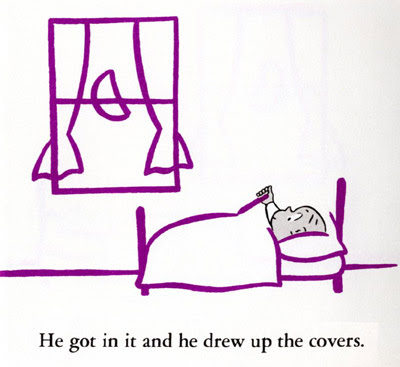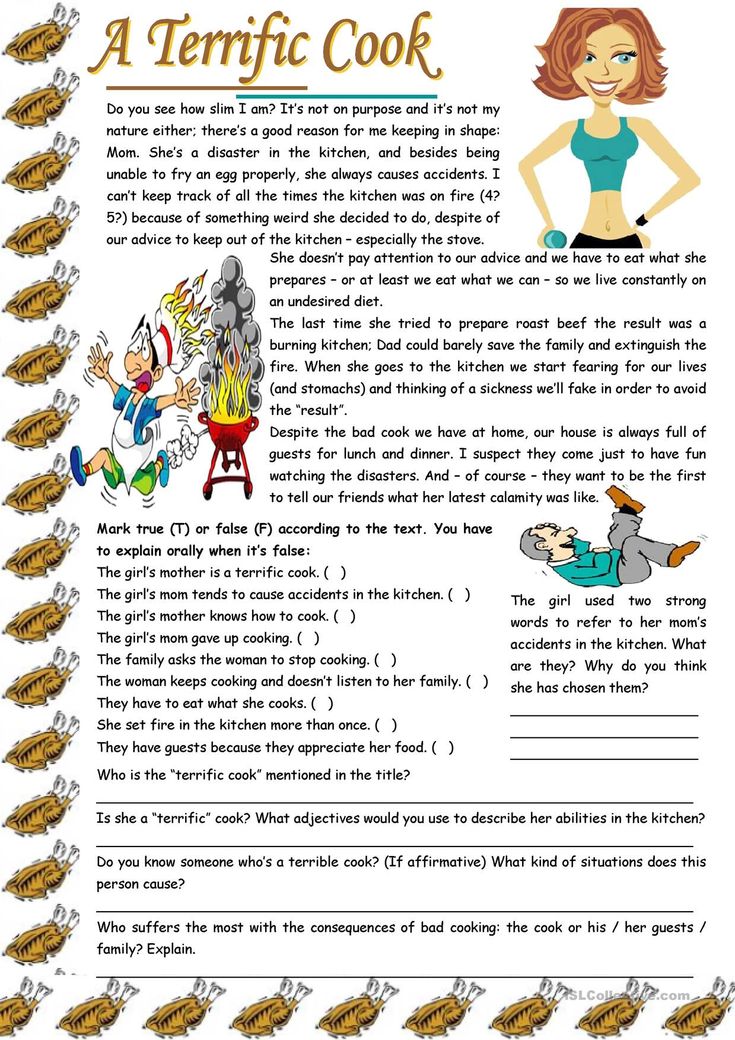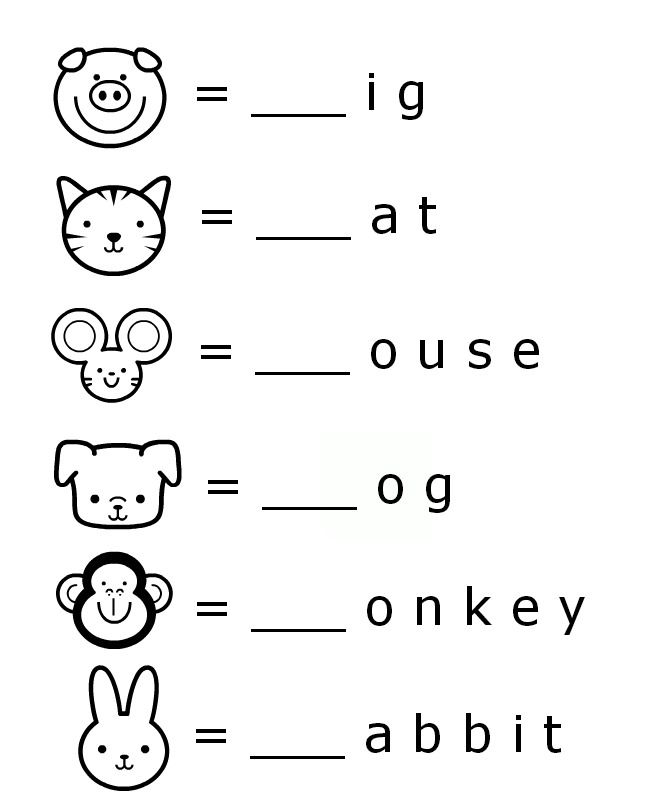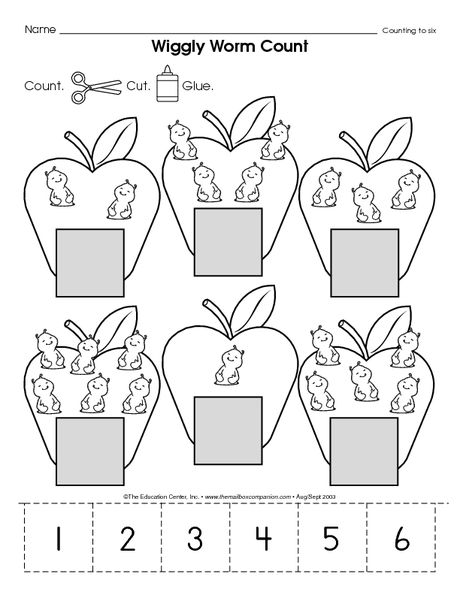Definition of emergent literacy
What It Is And Why It’s Important
What Is Emergent Literacy?
Emergent literacy is the stage during which children learn the crucial skills that lead to writing and reading.
Literacy builds on the foundations of language to include the advanced ways in which we use language to communicate — primarily through reading, writing, listening, watching, and speaking with one another.
Components Of Emergent Literacy
Emergent literacy is made up of several different parts. Your child will encounter these essential components as they begin to explore reading. They include:
- An interest and enjoyment in print — handling books and relating them to their stories or information.
- Print awareness: how to handle a book, reading from left to right. Your child recognizes pictures and some symbols, signs, or words.
- An interest in telling and listening to stories. They attend to, repeat, and use some rhymes, phrases, or refrains from stories or songs.
- They make marks and use them to represent objects or actions. An understanding that words are made up of letters, recognizing letters when they see them.
- Your child comprehends meaning from pictures and stories.
And the list goes on! Really, emergent literacy components help your child understand the basic tools they’ll need to read all sorts of books and other materials in the future.
Why Is Emergent Literacy Important?
Almost every skill we learn in life requires some preliminary learning in order to finally achieve mastery. For example, you probably didn’t wake up one day knowing how to make pancakes (although if you did, we would love to learn your secrets!).
Instead, you first had to learn what ingredients you needed, how much to measure each item, how long to cook the batter, and so on.
Reading and writing require these same preparatory steps, also known as emergent literacy.
Emergent literacy preps your child’s brain with the skills they’ll need to learn how to read.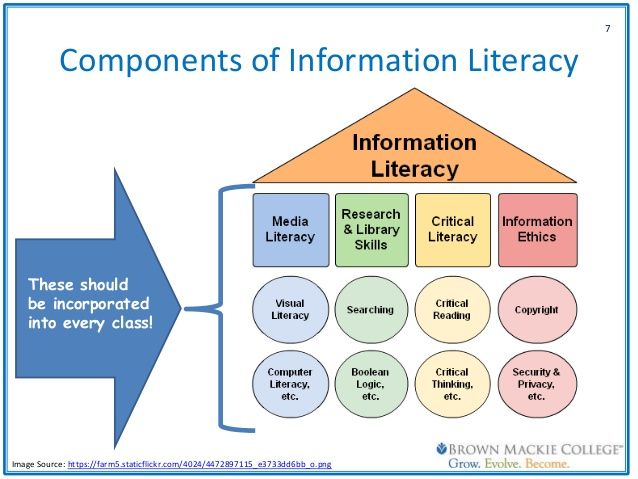 And while this may sound complex, many emergent literacy skills develop naturally!
And while this may sound complex, many emergent literacy skills develop naturally!
When your child points at something and you follow their direction or when you call their attention to noises, objects, or people in their surroundings by speaking to them, you’re helping your child develop emergent literacy skills.
You’re helping them acquire the same tools they’ll incorporate into their future learning, from reading their very first storybook to writing a master’s thesis.
Supporting Your Child’s Emergent Literacy Skills
Here are some fun and easy ways you can stimulate your child’s emergent literacy skills at home.
Read Aloud
Reading aloud is the most effective way for a child to learn to love books and the power of stories. Loving to read begins with loving to listen to stories!
Our team at HOMER believes that investing in read-aloud sessions with your child substantially improves many of the skills they need on their lifelong reading journey.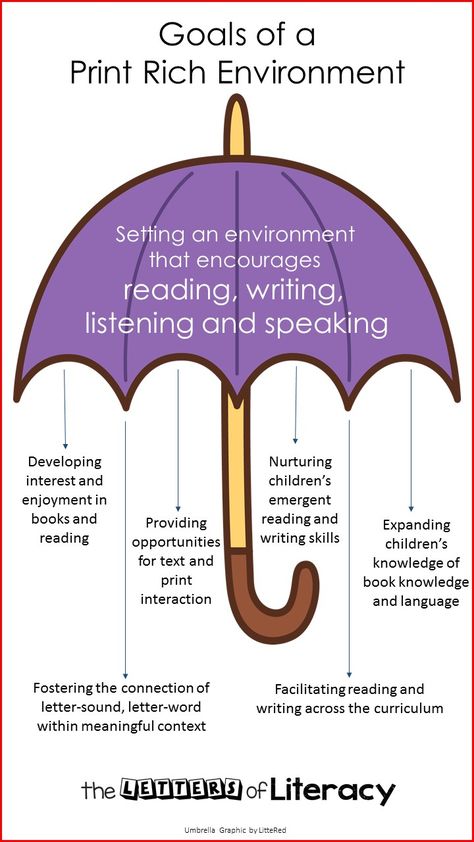
For emergent readers, there are few things more wonderful (or effective) than sitting down with mom or dad and uncovering the worlds that live between the covers of a book.
With you as their guide, your child will grow more confident and reassured as they gradually learn about the things they love (like how many different types of dogs exist or how the sky makes rainbows).
Reading aloud to your child also helps strengthen their imagination and build their curiosity. While listening to you recount the wonderful world inside of a story, your child’s mind will be actively running through images, scenarios, and all the colorful possibilities that lie beyond the page.
Reading aloud is one of the easiest, most rewarding ways for you to bond with your child while helping them learn. Consider that by reading aloud to them and encouraging their participation, you are empowering them as learners.
Additionally, you will reap the benefits of understanding their interests more deeply, engaging with their budding imagination, and instilling confidence in their learning process.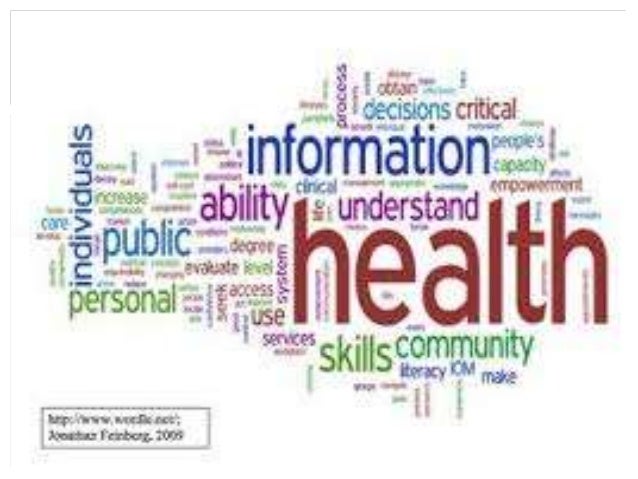
Let Your Child Take Charge
As your child grows, their sense of independence and autonomy continues to develop. While we know these early years are precious, we also know you’re hopeful your child will grow into a strong, independent learner who reads well and frequently.
Allowing your child to assert their unique personality and independence every now and then can be beneficial in engaging their emergent literacy skills.
These moments may seem small at first, but even the simplest freedoms in your child’s routine can have huge impacts on their individualism! It’s all about allowing your child to exert a certain amount of control over their reading time.
For example, instead of you turning the pages during your reading time together, allow your child to dictate when the pages should be turned. This may take some getting used to for them as they learn the pace of reading aloud in conjunction with the words they see printed.
You can also let them experiment with narrating! Even if your child cannot read yet (we know they’re called emergent readers for a reason!), allowing them to use their toddler-talk through the story shows them that they will read one day not far away.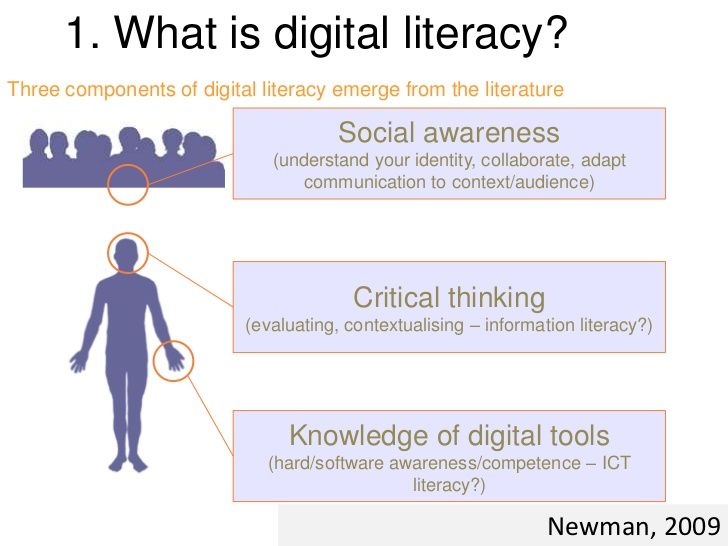
Finally, letting your child pick out the book you’ll read together is a great way to engage their sense of independence. It gives them something to look forward to while reading with you and also gives you insight into their interests.
If you find your child keeps reaching for the same book multiple times, don’t worry — rereading is highly beneficial, too!
Take Your Time
Don’t be afraid to slow it down for your child while you’re reading together, or even just in your daily speech.
We know we’re all guilty of it. For so long, our babies aren’t sure how to “properly” talk back yet, so there may be the occasional time when we find ourselves mumbling to our baby without really engaging them, or simply saying nothing at all!
Taking time to be more conscientious of the ways in which you talk to your child, especially in their very young years, can help them gain the skills they’ll need to read, speak, and write.
Especially when reading together, there’s no need to rush! We recommend taking your sweet time.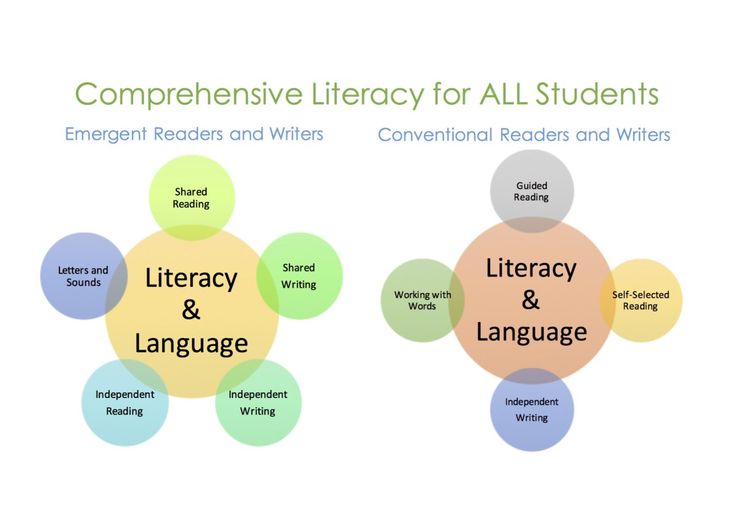 Even if it’s just with one page of a book at a time, slow down and ensure your child is engaged.
Even if it’s just with one page of a book at a time, slow down and ensure your child is engaged.
Consider these questions:
- Does your child recognize every animal on a page?
- Do they know what color this character’s hair is or whose hair it resembles in your family?
- Do they know what sound a truck makes?
- When you say the word “surprise,” does your child react in a way that conveys understanding (throwing their hands up in exclamation or even clapping)?
Addressing these questions can help you and your child slow down and take in all the details that are in a story.
Keep The Conversation Going
If you like the idea of our last emergent literacy strategy, this one pairs perfectly with it!
We know half of the adventure in helping your child learn to read is figuring out what gaps in their understanding still need to be filled. The other part of the journey is keeping them engaged and interested and seeing how far your conversations with one another can go!
As your child expands their vocabulary and begins utilizing it, we encourage you to elaborate on the things they may point out to you. For example, if you’re walking together and they see a dog, they may point at it and say, “puppy!”
For example, if you’re walking together and they see a dog, they may point at it and say, “puppy!”
In any scenario like this, following up their observation with a cheer is great. Following up with more questions is even better! After affirming they saw the right thing (or correcting them if they mistakenly called it a kitty, for example), ask them about details and descriptions.
You could say, “Does this puppy have long ears? Yes, he does! Feel how soft his ears are. Isn’t his fur shiny, brown, and so soft? What a cute puppy.”
Injecting these details and descriptions into your conversations might feel silly, but it helps your child immensely!
By expanding on the image they identified, you’re directly contributing to their understanding of the scene in front of them. The next time they see a puppy in a park, they may take your lead and say, “Look! A big puppy!”
This progress shows that your child’s emergent literacy is growing!
Let Your Child “Write”
Emergent literacy incorporates writing as well as reading. This may sound a little crazy — how can your child write if they don’t know how to read yet?
This may sound a little crazy — how can your child write if they don’t know how to read yet?
While your child may not be able to correctly write out words, we certainly encourage you to let them try! Even if it’s just scribbling, allowing your child to practice “writing” gets their brain going in the right direction.
It also prepares them for what writing is really like and shows them that they have the power to put words on paper. There are stages of learning how to write, and scribbling is the first step!
Asking for your child’s help with writing out short tasks can boost their confidence and their excitement about learning to write. Good options include grocery lists, birthday cards, get-well-soon cards, thank you notes, or notes for their siblings and family.
Whatever keeps them excited and engaged is a great vehicle for motivating their writing skills!
Emergent Literacy Is Just The Beginning!
We know that emergent literacy is only the start of your child’s reading and writing journey.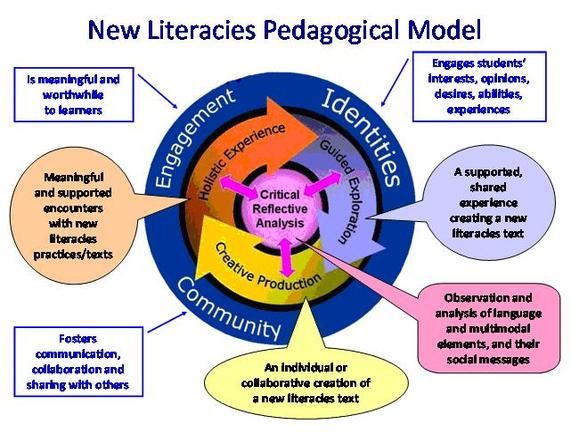
While you and your child are probably thrilled at the idea of their eventual independence and confidence when it comes to handling books, it’s going to take some time. And that’s perfectly OK!
Every child is different and will learn how to read and write in their own time. The important part is enjoying the adventures you have together on the way there!
We hope our emergent literacy tips were helpful! If you ever want to change up your routine and explore new ways to touch on these skills, our Learn & Grow app is a great place to start! The personalized practices will give your child the tools they need for their learning journey.
Author
Emergent literacy | Literacy Instruction for Students with Significant Disabilities
“Emergent literacy is not age dependent but is based on experiences with print!”
–Karen Erickson and David Koppenhaver
Who are emergent readers and writers?
Emergent literacy is the term used to describe the reading and writing experiences of young children before they learn to write and read conventionally (Teale & Sulzby, 1986).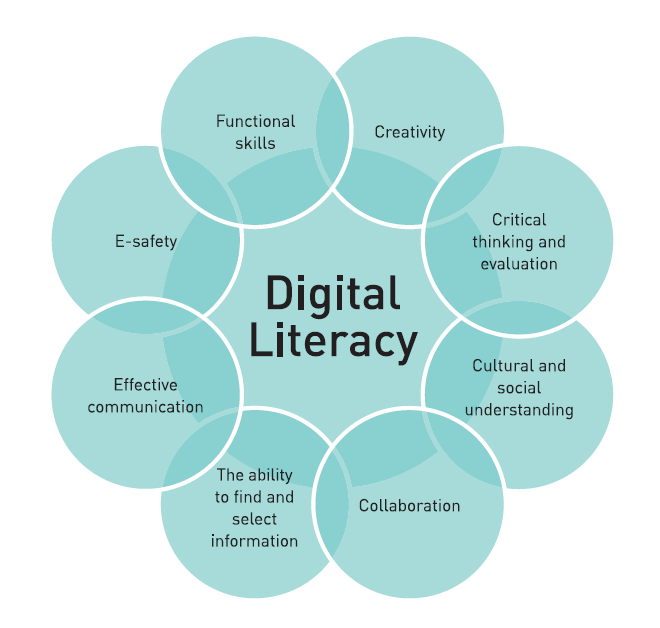 Emergent literacy begins at birth, regardless of whether or not a child has a disability. For older emergent literacy learners, it is important to keep all activities age respectful.
Emergent literacy begins at birth, regardless of whether or not a child has a disability. For older emergent literacy learners, it is important to keep all activities age respectful.
Emergent literacy is commonly defined as the behaviors of reading and writing that lead to conventional literacy and “comprises all of the actions, understandings and misunderstandings of learners engaged in experiences that involve print creation or use” (Koppenhaver & Erickson, 2003, p. 283), and these experiences are not only necessary but closely related to later literacy outcomes (Justice and Kaderavek, 2004).
Emergent literacy behaviours and understandings are directly related to opportunity and experience. Students with significant disabilities often have the fewest learning opportunities and experiences that lead to literacy.
Students who are emerging in their understandings of literacy are working to understand the functions of print and print conventions. Developing phonological awareness, alphabet knowledge, and important receptive and expressive language skills will eventually allow students to use reading and writing to interact with others.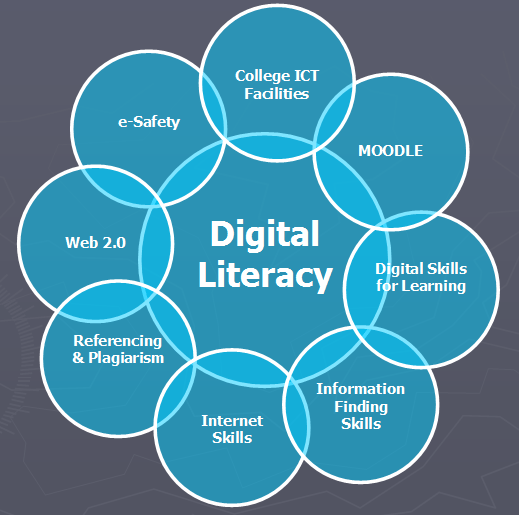 Emergent readers and writers are making discoveries and learning about literacy when they explore literacy materials, observe print within the natural environment, interact with conventional readers and writers, and see models of how and why print is used (Teale & Sulzby, 1992). Examples of emergent literacy behaviors may include interpreting a story through pictures rather than through text, manipulating books in nonconventional ways (e.g., looking at the book from back to front or holding it upside down), scribbling, and the use of invented spelling (Clay, 1993; Koppenhaver, 2000).
Emergent readers and writers are making discoveries and learning about literacy when they explore literacy materials, observe print within the natural environment, interact with conventional readers and writers, and see models of how and why print is used (Teale & Sulzby, 1992). Examples of emergent literacy behaviors may include interpreting a story through pictures rather than through text, manipulating books in nonconventional ways (e.g., looking at the book from back to front or holding it upside down), scribbling, and the use of invented spelling (Clay, 1993; Koppenhaver, 2000).
An emergent reader is one who is interested in books but can’t yet read them independently or may be able to read some words but requires continued support to make meaning from print. It could also be a student who is not yet interested in reading books. An emergent reader may have not yet developed intentional or symbolic means of communication.
A emergent writer is one who is learning to use written language to express communicative intent, and beginning writing is defined as starting with emergent writing (drawing, scribbling, and writing letters) and ending with conventional writing abilities, usually acquired by second or third grade for typically developing children. (Strum, Cali, Nelson, & Staskowski, 2012)
(Strum, Cali, Nelson, & Staskowski, 2012)
Regular participation in reading and writing activities plays a central role in supporting typical children’s understandings about print. Research in emergent literacy shows that students with significant disabilities, including those with complex communication needs, can benefit from the same type of literacy activities used with typically developing children but may require more time and opportunity. Regular participation in reading and writing activities plays a central role in supporting understandings about print for ALL students.
Many of the studies and literature surveys the last four decades have a common finding: nothing replaces sound early literacy instruction, even when taking into consideration recent technical advances.
If students with significant disabilities are not exposed to reading and writing materials, how can they learn to use them?
Old assumptions
An emphasis on functional skills, rote memorization, and readiness activities typically take precedence over in-depth literacy instruction (Skotko, Koppenhaver, & Erickson, 2004).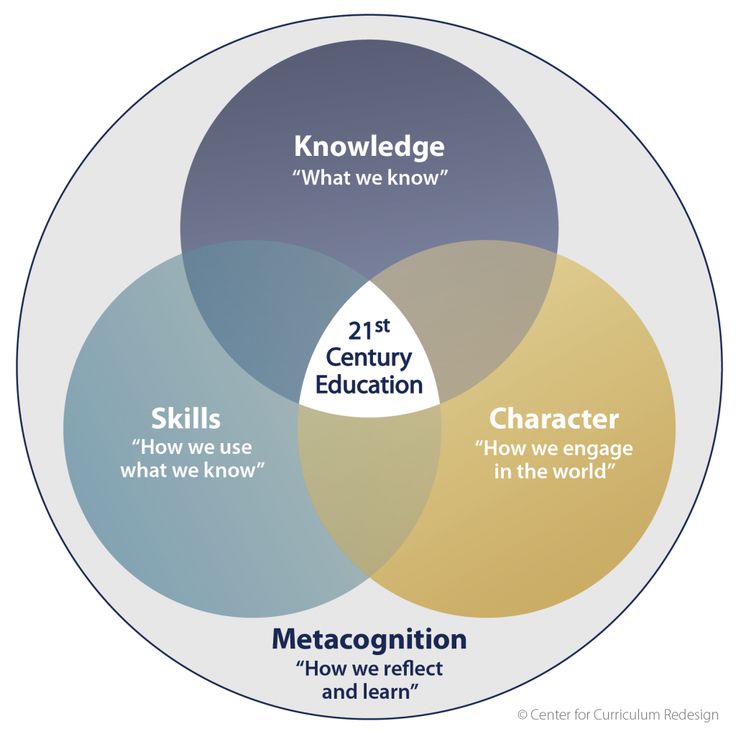 Literacy development for 70-90% of students with significant disabilities rarely approached conventional literacy skills expected for typically developing students (Koppenhaver and Yoder, 1992).
Literacy development for 70-90% of students with significant disabilities rarely approached conventional literacy skills expected for typically developing students (Koppenhaver and Yoder, 1992).
- Literacy is learned in a predetermined, sequential manner that is linear, additive, and unitary.
- Literacy learning is school-based.
- Literacy learning requires mastery of certain pre-requisite skills.
- Some children will never learn to read.
New thinking
Holistic and explicit instructional approaches to balanced literacy that include daily reading, writing, and word study are critical for all learners, including those with significant disabilities (Erickson, Koppenhaver, & Cunningham, 2006; Sturm & Clendon., 2004).
- Literacy is learned through interaction with and exposure to all aspects of literacy (i.e. listening, speaking, reading, and writing).
- Literacy is a process that begins at birth – there are no prerequisites.

- Literacy abilities/skills develop concurrently and interrelatedly.
- All children can learn to use print meaningfully.
From an emergent literacy perspective, reading and writing develop concurrently and interrelatedly in young children, fostered by experiences that permit and promote meaningful interaction with oral and written language (Sulzby & Teale, 1991), such as following along in a big book as an adult reads aloud or telling a story through a drawing (Hiebert & Papierz, 1989).
Through the concept of emergent literacy, researchers have expanded the purview of research from reading to literacy, based on theories and findings that reading, writing, and oral language develop concurrently and interrelatedly in literate environments (Sulzby & Teale, 1991).
Where can I learn more?
Learning for All – This Alberta resource offers information, strategies and references for school leaders and teachers working with students with significant disabilities. This content was collaboratively developed through Learning for All, a one-year community of practice (2014-2015) for district leaders and consultants.
This content was collaboratively developed through Learning for All, a one-year community of practice (2014-2015) for district leaders and consultants.
Literacy, Assistive Technology, and Students with Significant Disabilities. Karen A. Erickson, Penelope Hatch, and Sally Clendon, Focus on Exceptional Children, Volume 42, Number 5, 2010.
Quick Guide #13 “Supporting Literacy Learning in All Children” by David A. Koppenhaver and Karen A. Erickson (pp. 181-194) in Quick Guides for Inclusion: Ideas for Educating Students with Disabilities, 2nd edition
Research Based Practices for Creating Access to the General Curriculum in Reading and Literacy for Students with Significant Intellectual Disabilities. Karen Erickson, Ph.D., Gretchen Hanser, Ph.D., Penelope Hatch, Ph.D., Eric Sanders, M.S./CCC-SLP, 2009.
Comprehensive Literacy for All is written by Karen Erickson and David Koppenhaver. This is the new version of Children with Disabilities: Reading and Writing the Four-Blocks Way, which was used by the Literacy for All community of practice.
“Literacy improves lives—and with the right instruction and supports, all students can learn to read and write. That’s the core belief behind this teacher-friendly handbook, your practical guide to providing comprehensive, high-quality literacy instruction to students with significant disabilities. Drawing on decades of classroom experience, the authors present their own innovative model for teaching students with a wide range of significant disabilities to read and write print in grades preK–12 and beyond. Foundational teaching principles blend with concrete strategies, step-by-step guidance, and specific activities, making this book a complete blueprint for helping students acquire critical literacy skills they’ll use inside and outside the classroom.” (Published 2020)
Preview Comprehensive Literacy for All here.
Meaning, Definition, Suggestions . What is emergent
- Online translator
- Grammar
- Video lessons
- Textbooks
- Vocabulary
- Professionals
- English for tourists
- Abstracts
- Tests
- Dialogues
- English dictionaries
- Articles
- Biographies
- Feedback
- About project
Examples
Meanings of "EMERGENT"
See all meanings of "EMERGENT"
Sentences with "emergent"
| temperate forests. | |
| Any given situation may include a variety of interacting contexts, including a retrospective context and an emergent context. | |
| Since emergent design relies heavily on refactoring, unit tests are an essential component. | |
| Examples include emergent, canopy, undergrowth and forest floor layers. | |
| Estimates thus provide an emergent mechanism for identifying problems and solutions for multivalued computations. | |
| Suggestions have been made to treat the concept of time as an emergent phenomenon that is a side effect of quantum entanglement. | |
| The creatures used the emergent approach seen in animats, but with the goal of more complex behavior than locomotion. | |
| Instead of an authoritarian planned order, we anarchists prefer the emergent order of a pluralistic ecosystem of security providers. | |
| Other Results | |
| Technology also appears in the novel Abyss of the Sky, used by the Emergents, a totalitarian, slave culture. | |
| His theory of everything is emergent rather than reductive. | |
| It is largely emergent, design unfolding as stakeholder contact is established. | |
| Electrical cardioversion can also be used to convert AF to normal sinus rhythm and is often used emergently if the person is unstable. | |
| Unit testing is also critical to the concept of Emergent Design. | |
| Therefore, it is a sub-branch of emergent materialism. | |
| POCD is distinct from emergent delirium. | |
| In this context, these videos are like the spotlights that Kuzin uses when working with his notropis, and Berry also finds emergent behavior when the number of neurons increases. | |
| At the same time, Reynolds proves that subjectivity is an emergent, changeable and mobile phenomenon that is transversal to the subject. | |
| The first one understands expertise as an emergent property of communities of practice. | |
| Thus, cockroaches have emergent behavior in which group or swarm behavior emerges from a simple set of individual interactions. | |
| A system can be more than the sum of its parts if it expresses synergy or emergent behavior. | |
| Dynamic system models illustrate how many different features of a complex system can interact to give emergent behaviors and abilities. | |
| As their friendship develops and grows into something more, Adam begins to exhibit strange emergent behavior that cannot be programmed. | |
| Simple systems formed in this way can then exhibit emergent behavior to create more complex systems and hence other weather events. | |
| Entropy force can be considered as an emergent phenomenon of entropy interaction. | |
| It implies that gravity is not a fundamental force but an emergent phenomenon. | |
| Emergent behavior like this is used by evolutionary algorithms and Swarm intelligence. | |
| Some theories consider either the particle or the wave aspect as its fundamental nature, seeking to explain the other aspect as an emergent property. | |
| Based on emergent Literacy, in foreign language lessons, specialists study formal and informal styles and discourses of language use in sociocultural contexts. | |
| The emergence of the human mind is considered one of the five fundamental phenomena of emergent evolution. | |
| The pattern dependence of the emergent strategy was observed in behavioral experiments with individuals and groups. | |
Phrases
We strive to make the English-Grammar.